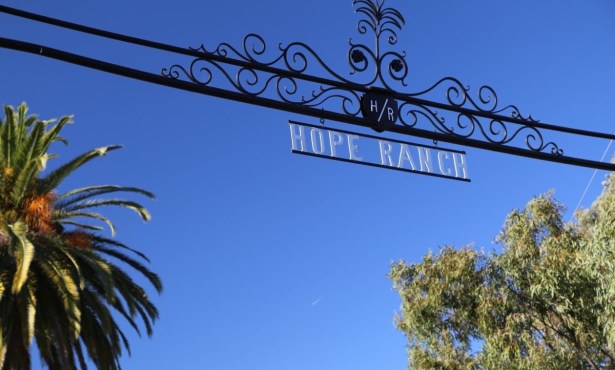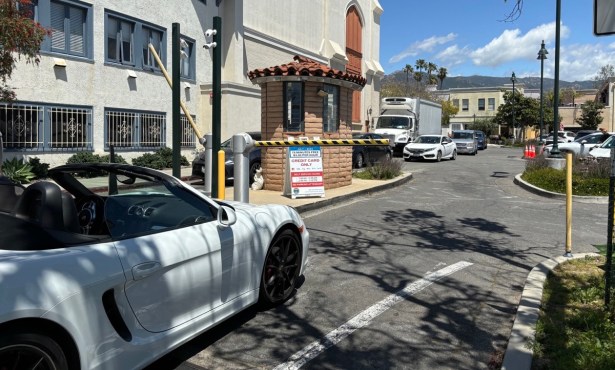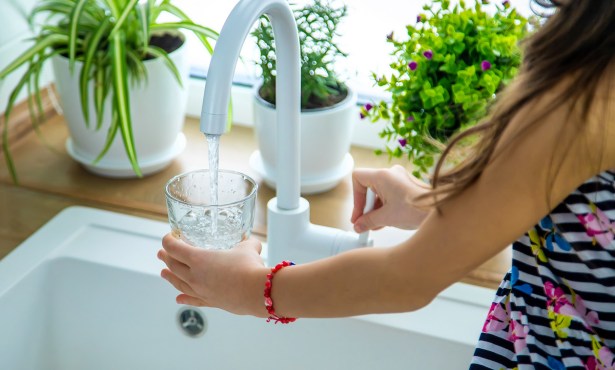Shifting Perspective
Our Perceptions Shape Our Behavior on the Road
Last weekend I watched a man on a bike weave around cars stopped at a red light. He was shirtless, helmet-less, and talking at pedestrians on lower State Street as he attempted to keep his beach cruiser in motion. He appeared to be having a great time. While I winced at this poster boy for “reckless cycling,” I also started thinking about perspective.
How did the drivers around the man view him? Did they worry about maintaining an appropriate distance? Were they concerned about safety? Did they notice him at all?
Taking the perspective of another traveler on the road can be difficult. There’s a huge amount of information to take in, process, and react to. In the face of a constantly changing road scape, considering another’s view becomes extremely difficult. But, considering the perspective of fellow travelers can increase understanding and safety for all road users.
New training in Brazil helps bus drivers gain a broader view of life on the other side of the windshield. The drivers sit on stationary bikes, while large buses whiz by. In a video of the training, the size and speed difference between the bikes and buses is glaringly apparent. Sitting in the bike seat provides the kind of visceral feedback that’s likely to stick with training participants and hopefully come to mind the next time they pass a cyclist on the road.
Safe distance is something motorists and cyclists often disagree on. A study in Australia found discrepancies in the way that motorists and cyclists view their interactions, especially while passing. Of cyclists responding to the survey 66 percent agreed with the statement that motorists pass too close, while 50 percent of the motorists strongly disagreed with the statement. What does “too close” mean? And who gets to decide? Some states are setting clear and objective standards. California requires motorists to wait until they can pass with at least three feet of space.
Even in states with mandatory distance requirements, drivers frequently pass with less than the required amount of space. Drivers may feel pressure to keep traffic moving, particularly when other drivers honk or yell. A motorist may hit the accelerator and squeeze by a cyclist to avoid slowing down those behind him. He may pass by, breathe a sigh of relief, and move on with his day. Meanwhile, the cyclist feels his life has been endangered for the sake of avoiding a 10-second delay. Neither person has a completely accurate understanding of the other’s perspective.
While the many motorists mistakenly assume that they are passing at a safe distance, many also fear causing injury to cyclists. This feeling is not necessarily expressed as caution. The fear of injuring others on the road may be manifest as anger or even rage, as the motorist senses that the cyclist has put him into a compromised position, simply by being present.
Worse than failing to consider the other’s perspective is failing to notice them at all. Collisions involving the “looked-but-failed-to-see” phenomenon result from a failure to perceive obstacles as posing a danger. This happens when drivers scan in the correct direction but do not register the car, motorcycle, pedestrian, or bicyclists in their path until it’s too late. Research suggests this may be due to inattention on the driver’s part, or the expectancy effect, in which the driver simply doesn’t expect to see a pedestrian, which makes him less likely to notice one.
The consequence of failing to anticipate motorist’s actions can be disastrous to the cyclist. Most people who ride bikes also drive cars at some point. These factors mean that cyclists have an advantage when it comes to the kind of perspective-shifting necessary to safely share the road. However, they may fall short of understanding the feelings behind drivers’ actions.
Until our travel infrastructure is significantly improved, bikes, pedestrians, and drivers will have to negotiate shared spaces. Consideration for other users is essential to sharing the space amicably. Empathy can have a profound impact on basic safety. It’s something we should all spend more energy on.



